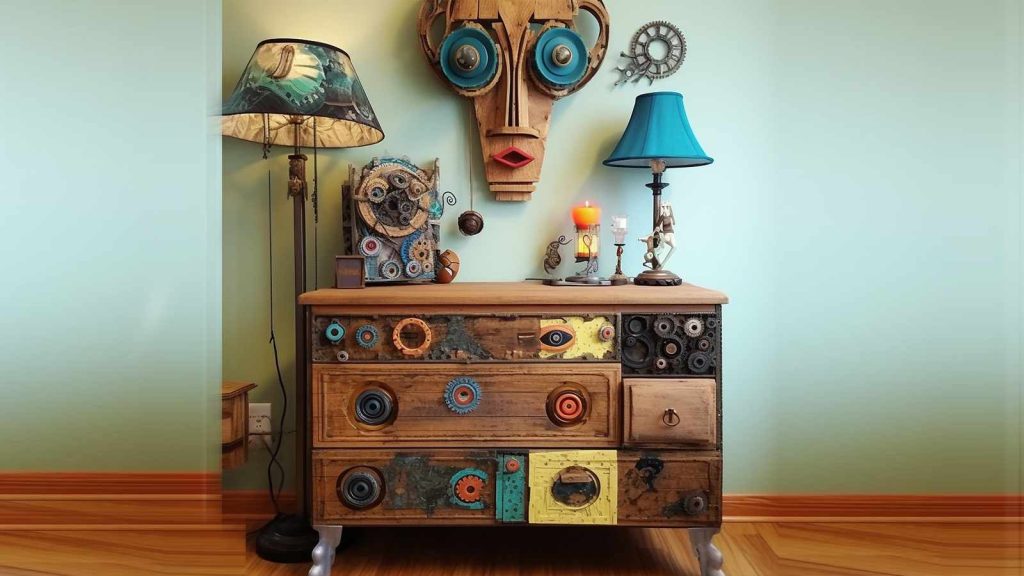In today’s world, where environmental consciousness is on the rise, creating an eco-friendly home has become more important than ever. By embracing sustainable materials and practices in your home design, you not only contribute to a greener planet but also create a healthier and more conscious living environment for yourself and your family.
In this blog post, we will explore the significance of eco-friendly home design and provide practical tips on how to incorporate sustainable materials and practices into your living space.
Choose Renewable Materials: When it comes to eco-friendly home design, opting for renewable materials is key. Consider using bamboo flooring, reclaimed wood, or cork materials, which are sustainable alternatives to traditional hardwood. These materials are not only beautiful but also promote responsible forestry practices and reduce environmental impact.
Embrace Energy Efficiency: Reducing energy consumption is a crucial aspect of eco-friendly home design. Invest in energy-efficient appliances, such as ENERGY STAR-rated refrigerators and washing machines, which consume less electricity. Install LED light bulbs throughout your home, as they are more energy-efficient and have a longer lifespan compared to traditional incandescent bulbs.
Harness Natural Light: Maximize natural light in your home by incorporating large windows, skylights, and light-colored interior finishes. This reduces the need for artificial lighting during the day and creates a bright and welcoming atmosphere. Additionally, consider installing window treatments that allow for easy control of light and heat, such as solar shades or energy-efficient curtains.
Optimize Insulation: Proper insulation is essential for maintaining a comfortable indoor temperature and reducing energy waste. Ensure your home is well-insulated by sealing gaps around windows and doors and adding insulation to walls, floors, and roofs. This helps retain heat during the winter and keeps your home cool in the summer, reducing the need for excessive heating or cooling.
Water Conservation: Incorporate water-saving fixtures and appliances to minimize water usage in your home. Install low-flow showerheads and faucets to reduce water flow without compromising performance. Consider investing in water-efficient toilets and washing machines, which consume less water per use. Additionally, collect rainwater for irrigation purposes, reducing the need for excessive water consumption in your garden.
Recycled and Upcycled Decor: Add character to your eco-friendly home by incorporating recycled and upcycled decor. Look for furniture and accessories made from reclaimed materials or repurpose items creatively. This not only reduces waste but also adds a unique touch to your home decor.
Sustainable Landscaping: Extend your eco-friendly efforts to your outdoor space by implementing sustainable landscaping practices. Choose native plants that require less water and maintenance, reducing the need for excessive irrigation. Utilize composting and mulching techniques to enrich the soil naturally and minimize the use of chemical fertilizers or pesticides.
Smart Home Technology: Integrate smart home technology to optimize energy efficiency. Install programmable thermostats that automatically adjust the temperature based on your preferences and schedule. Use smart lighting systems that allow remote control and scheduling, ensuring lights are not left on unnecessarily.
Consider Solar Power: Harness the power of the sun by installing solar panels on your roof. Solar energy provides a renewable and clean source of electricity for your home, reducing your reliance on fossil fuels and lowering your carbon footprint.
Seek Eco-Friendly Certifications: When building or renovating, consider seeking certifications such as LEED (Leadership in Energy and Environmental Design) or ENERGY STAR. These certifications validate that your home meets specific standards for sustainable design and energy efficiency.
Embracing eco-friendly home design is a significant step towards a more sustainable and responsible future. By incorporating sustainable materials, energy-efficient practices, and conscious choices into your home, you can reduce your environmental impact while creating a healthy and comfortable living space. From renewable materials to energy-efficient appliances and practices, there are numerous ways to embrace sustainability in your home design journey. Let’s strive to make our homes not just aesthetically pleasing but also environmentally conscious, leaving a positive footprint on our planet for generations to come.




